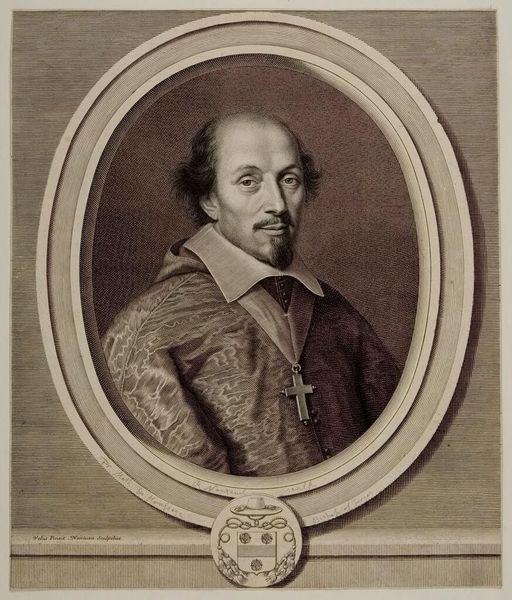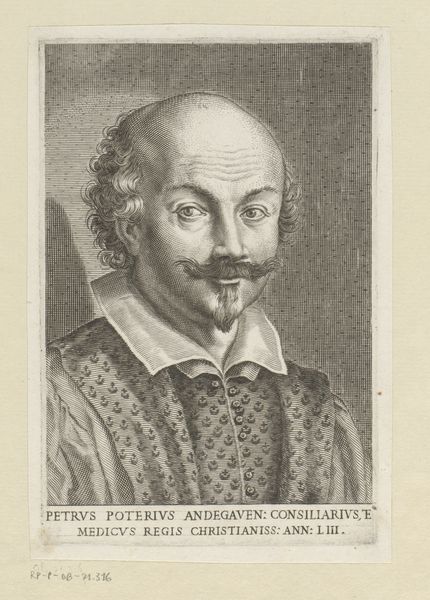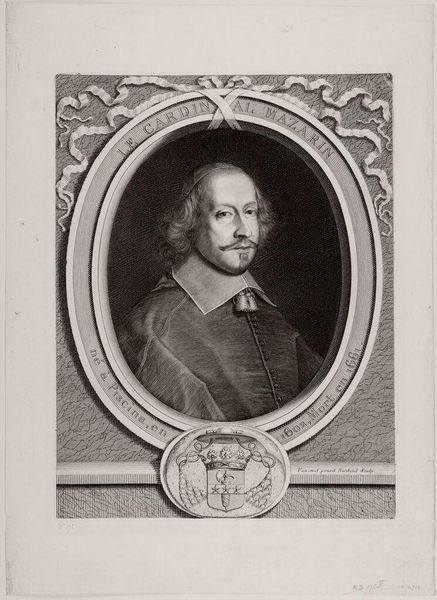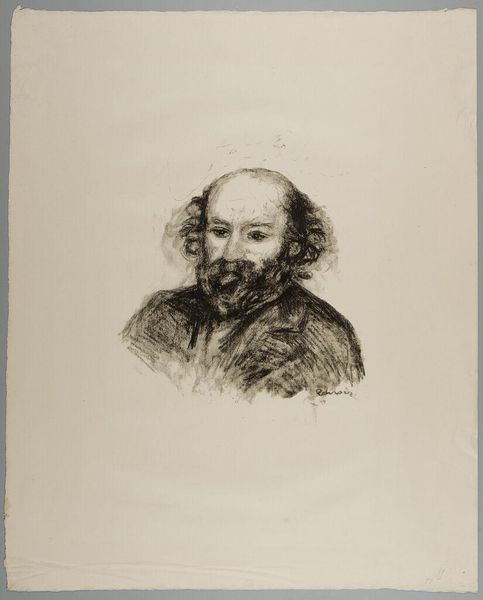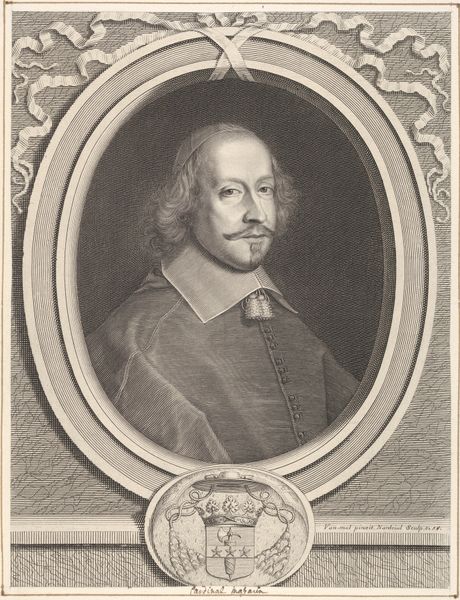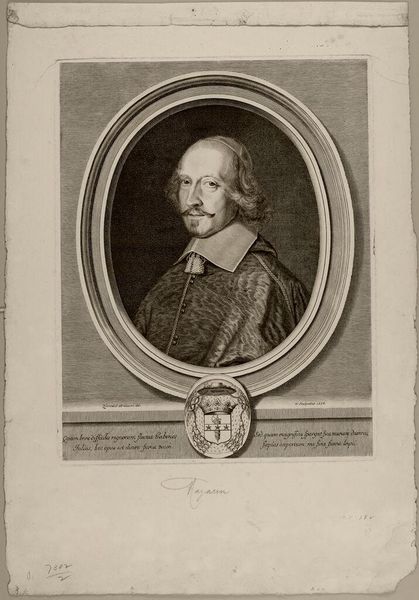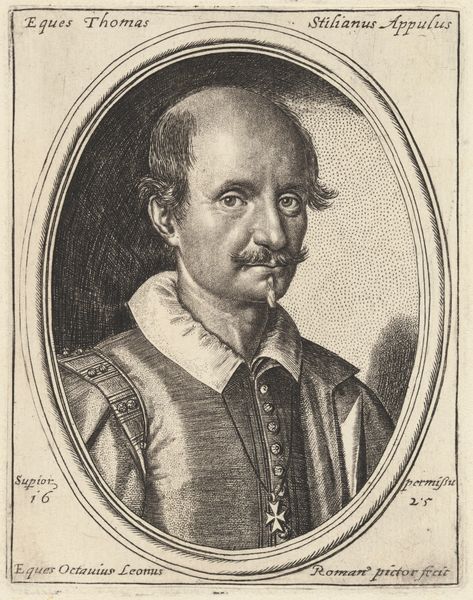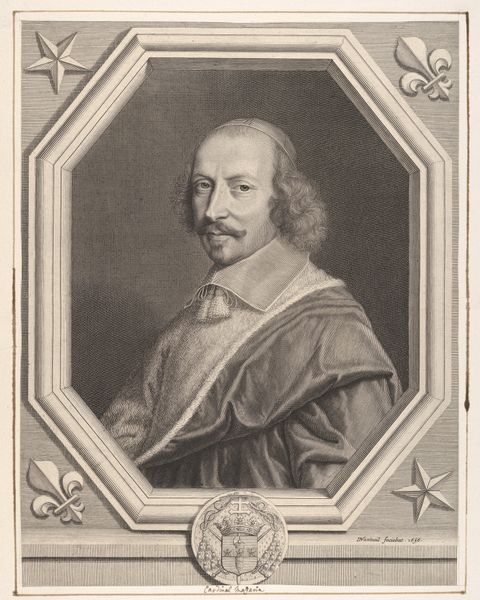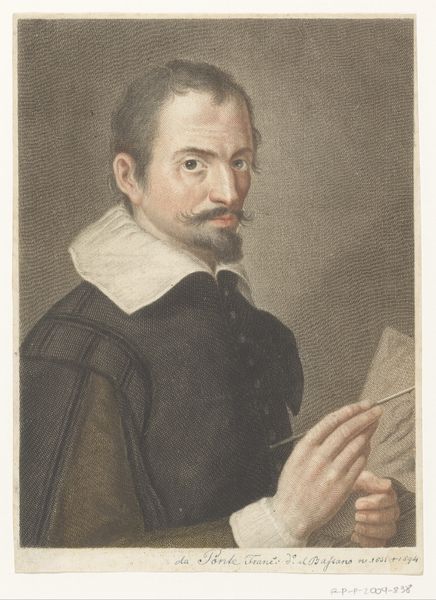
engraving
#
portrait
#
neoclacissism
#
engraving
Dimensions: height 272 mm, width 200 mm
Copyright: Rijks Museum: Open Domain
Curator: Let’s talk about this portrait, created after 1824 by Giovanni Fosella. It is titled "Portret van schilder Tiberio di Tito," depicting, as you might guess, the painter Tiberio di Tito. Made via engraving, this artwork adheres to Neoclassical artistic values, although it has been created decades after the art movement heyday. Editor: My first thought is melancholy. The shading and downward glance give the image such a feeling of contemplation, maybe even sadness, to this rendering of a painter. Curator: Right, Fosella's meticulous use of line engraving creates a very detailed texture, doesn’t it? You can almost feel the fabric of Tiberio di Tito’s garments, or imagine how the engraving itself was planned, the individual actions required, each small line making up a face, a neck, the textures around the eyes. Editor: It absolutely makes one consider labor and precision, something sometimes elided in considering portraiture of this era. Does it somehow recontextualize portraiture itself, as if demystifying, by focusing attention on what it took to depict it? Curator: Interesting point. It's easy to get lost in the image and forget about the technique involved. Editor: Although the subject's gaze is gentle, it feels so laden. One senses an awareness of life’s fragility and an artistic practice caught up in replicating what's already been lost to history. Perhaps a bittersweet acceptance of it all. Curator: Beautifully put! The technical aspect also contrasts that fragility: there's a permanence afforded to the engraving that captures a likeness, even an idea of someone. Editor: It’s an art, isn’t it? This ability to find what lives on in something that has, by definition, long ceased to exist. It brings together history, labor, artistic sensibility, life and loss so that we may contend with it.
Comments
No comments
Be the first to comment and join the conversation on the ultimate creative platform.
